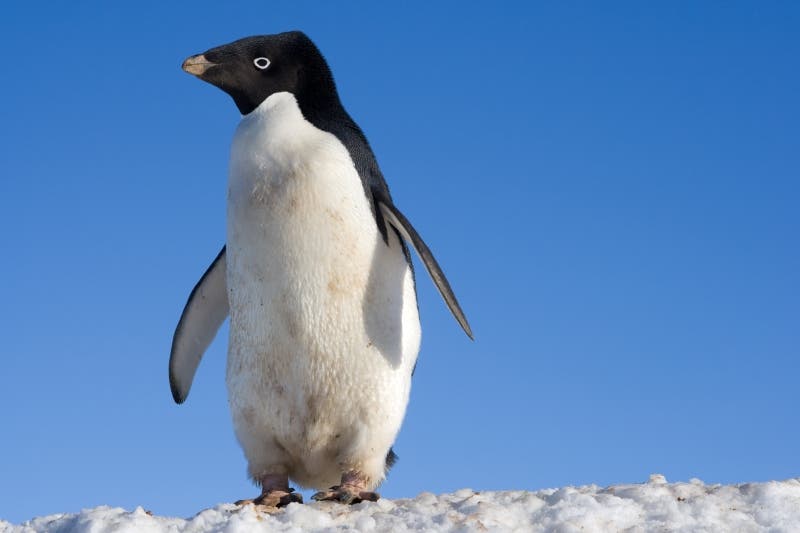Though Adélie penguins (Pygoscelis adeliae) call Antarctica their home since 45,000 years ago, time in which they’ve seen several drastic changes in the climate, anthropogenic climate change might put populations to the ultimate test. After studying how colonies fared over a 30-year-period, researchers believe as much as 60 percent of the current Adélie penguin habitats might become unfit by the end of the century.

The penguins nest on the mainland during summer and migrate to the very edge of the sea in winter where they can feed. By stitching together high-resolution satellite imagery, researchers at the University of Delaware were able to assess how the penguin colonies grew or faded across sites in Antartica between 1981 and 2010.
The population trends show that some populations have grown, while others have decreased. To understand the data, we first need to learn about the two most important factors that influence a colony’s wellbeing. Simply put, these are food and nesting availability, as well as quality.
Krill and fish make up the bulk of a penguin’s diet, but changes in ice and sea temperatures affect this supply. Across the Antarctic coast, fish populations have gone down because of this, but largely due to human fishing.
In 2014, 290,000 tonnes of krill were harvested in the South Atlantic Sector, with Norway, Korea, China, and Chile being the biggest krill fishing nations. So, the krill supply vanishing and has to be split with humans, but the main problem for penguins lies in fish, which are far more nutritious than krill. The researchers say those areas where krill makes the bulk of the diet have suffered a decline in Adélie penguin populations.
Since the local weather is changing, bringing in more precipitations, climate change prematurely melts snowfall, creating puddles on the ground. The penguins lay their eggs in cold, dry snow, but if these get trapped in pools of water they’ll never hatch. Chicks also don’t have waterproof feathers yet, so many die due to hypothermia.
“The Adélie penguin is a sea ice obligate and only occurs where there is sea ice for a good part of the year…Where sea ice is disappearing in the northern Antarctic peninsula, the Adélie penguin is disappearing,” said David Ainley, a senior biologist with the ecological consulting firm HT Harvey & Associates, who was not involved in the study.
Megan Cimino, one of the lead authors of the study published in the journal Scientific Reports, says the current trends suggest 30 percent of the animal’s colonies will be in jeopardy by 2030, and 60 percent will be impacted by 2099. Near the U.S. research facility at Palmer Station on the West Antarctic Peninsula (WAP), a penguin colony has already dropped by 80 percent since the 1970s.
“Within this region we saw the most novel climate years compared to the rest of the continent,” Cimino explains. “This means the most years with warmer than normal sea surface temperature. These two things seem to be happening in the WAP at a higher rate than in other areas during the same time period.
All is not lost for the Adélie penguins, though. Cimino and colleagues identified several sites across the Antarctic where the penguins could migrate from their traditional breeding and foraging grounds and sustain stable populations. Such safe havens might be found near the Ross and Amundsen Seas.
“The Cape Adare region of the Ross Sea is home to the earliest known penguin occupation and has the largest known Adélie penguin rookery in the world,” Cimino said. “Though the climate there is expected to warm a bit, it looks like it could be a refugia in the future.”
Before penguin colonies collapse even further, the researchers advise policy makers from the seven sovereign nations that maintain territorial claims in Antarctica to step up conservations efforts.


